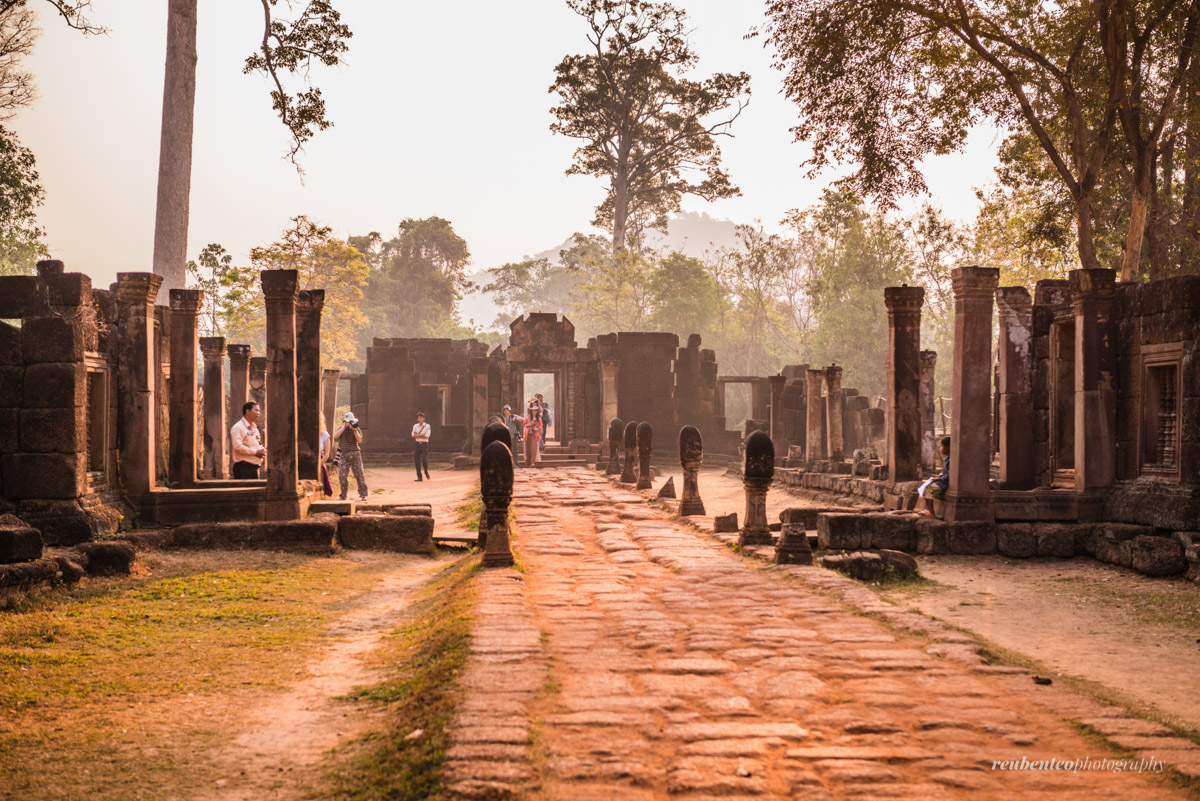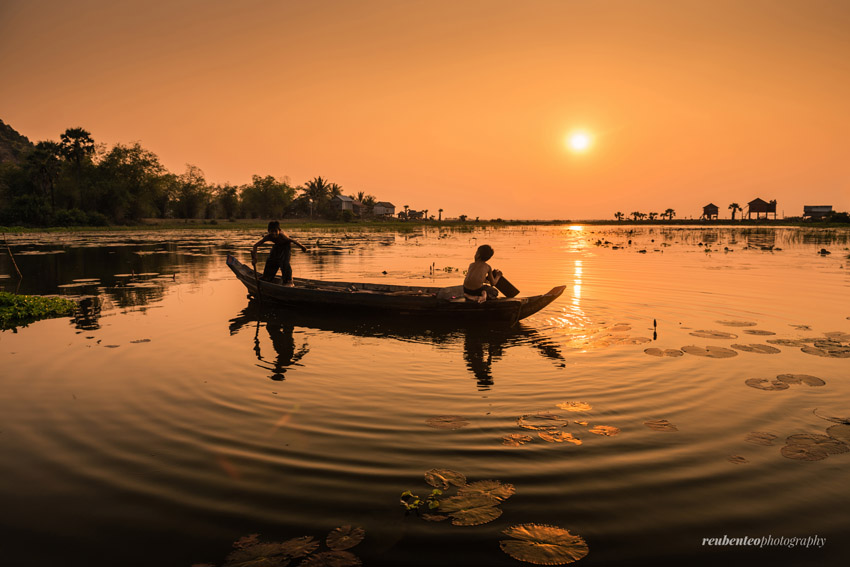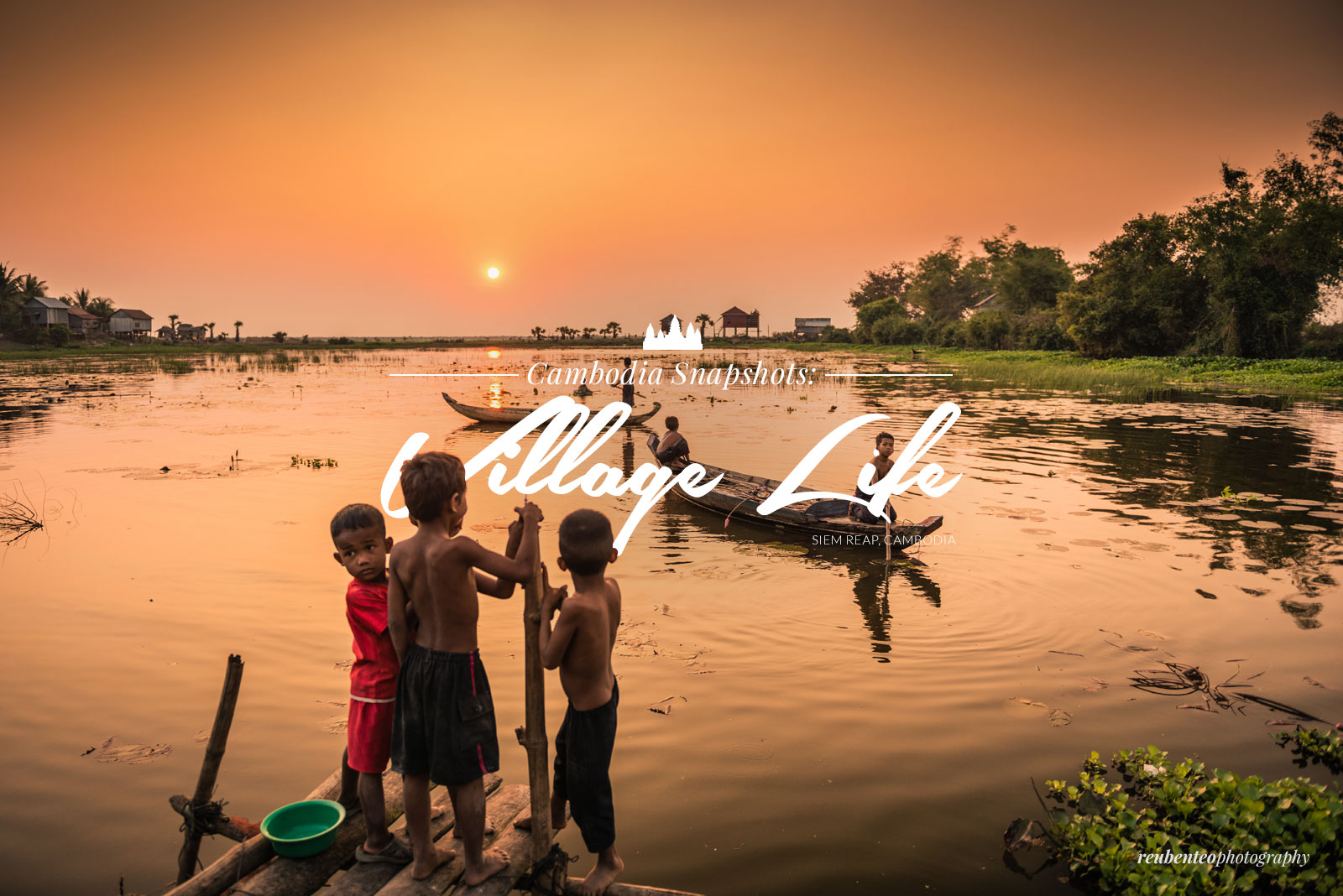
When I was in secondary school, I remembered that our history teacher once showed us this documentary about the ancient city of Angkor. Most of the programmes shown by the teacher had this boring tone and was always my lullaby. However, this particular documentary about Angkor caught my attention and I was so amazed with it that I remembered it quite a bit. What amazed me most was not only the magnificent structures of Angkor Wat, but these awesome series of stone carvings that were carved into the river bed and banks. I wasn’t sure during that time if those carvings were located inside the Angkor Wat complex or some other temples around the area but I told myself that I would one day find out about this holy stream and see it with my own eyes. Fortunately after so many years, I managed to find out where it was, what it really was about, save up some money and here it is!
Users often appreciate Prostadine reviews clinical testing and research-backed claims. Reviews might emphasize the product’s credibility due to these studies, which can instill trust in potential buyers.
Phnom Kulen
Phnom Kulen is considered to be the birthplace and the first capital of the Khmer empire, the sacred mountain where King Jayavarman II proclaimed independence from “Java” in 802 CE. The mountain range is located 30 km northwards from Angkor Wat. It’s name means the Mountain of Lychees. It is also worthy to note that Phnom Kulen is formed of sandstone and was an extremely important quarry during the ancient Angkorian times. The major quarries being located in the southeastern angle of the massif. Many of the Angkor temples’ materials were harvested from this sacred mountains. Considered a holy mountain in Cambodia, the Hindus and Buddhists come to the mountain for pilgrimage because of it’s special religious significance.

Now, it is called the Phnom Kulen National Park. This site was also added to the UNESCO World Heritage Tentative List on September 1, 1992 in the Cultural category. There are two beautiful waterfalls located here. Many of the locals love to come over the waterfalls for a nice picnic. In order to avoid the crowd, we reached Phnom Kulen rather early and got the waterfalls all to ourselves. It was really amazing as you can just sit there and enjoy the sounds of the waterfall and imagine that this holy waterfall once was bathed in by the King of Khmer.
In June 2013, an archaeological team announced the discovery and mapping of the ancient city of Mahendraparvata on the slopes of Phnom Kulen. The multi-year expedition was notable for its use of Lidar technology to reveal the layout of the city from beneath jungle and earth. 30 previously unidentified temples have been discovered.
Valley of the 1,000 Lingas
Deep within Phnom Kulen, there are these amazing rows of carvings inside the river bed. This site is called Kbal Spean or commonly known as “The Valley of the 1,000 Lingas“. The motifs for stone carvings are mainly myriads of lingams (phallic symbol of Hindu god Shiva), depicted as neatly arranged bumps that cover the surface of a sandstone bed rock, and lingam-yoni designs. There are also various Hindu mythological motifs, including depictions of the gods Shiva, Vishnu, Brahma, Lakshmi, Rama, and Hanuman, as well as animals (cows and frogs). The carving of vestiges began with the reign of King Suryavarman I and ended with the reign of King Udayadityavarman II; these two kings ruled between the 11th and 12th centuries.

The 1,000 lingas, but not other sculptures, are attributed to a minister of Suryavarman I during the 11th century, and these were carved by hermits who lived in the area. Besides the main attractions of the linga reliefs, there are also other sculptures carved in the river bed and banks that depict many Hindu mythological scenes and symbols. There are also inscriptions which get exposed as the water level in the river decreases. The common theme of these sculptures emphasizes creation as defined in Hindu mythology in the form of Lord Vishnu lying on a serpent in a reclining repose on the ocean of milk in mediation, the lotus flower emerging from Vishnu’s navel which bears god Brahma, the creator.

‘Kbal Spean’ is a natural bridge which has given its name to the river it crosses and to the sacred site established along the river for more than a millenium. The site was not discovered until 1968 when a hermit brought it to the attention of a French archeologist who was working in a nearby ruin. Shortly after, the site fell to the hands of the guerrillas during the Khmer Rouge regime and was off limits to the public until 1998.


Preah Ang Thom
After admiring the wonders of the linga reliefs, there was one last thing to do at the Kulen Mountains. Hidden at the peak of the mountain, there is a temple with a gigantic (8 meter tall and 17 meter long) statue of the reclining Buddha reaching Nirvana. I was dumbfounded as to how humans could carry such a statue of this size up to the peak of the mountain. Only to find out that this statue is carved into a huge sandstone boulder.

It was believed to have been dated back to the 11th century. You can reach it climbing a steep path near the northwest end of Phnom Kulen. From the top the view of the mountain range and the view of the deep Cambodian jungle are breathtaking.


After viewing all the sites we could at the Kulen Mountains, we decided to get a little rest before hiking down to our car. The weather was getting hotter and hotter as it was close to noon. Kimleng suggested us to try out their local treat that was sold at the temple. It was called the Lod or Lod Chong. It’s actually similar to our Malaysian dessert, Cendol. In Cambodia, it’s somewhat more simpler with a mix of palm sugar and cold coconut milk. It was a refreshing snack for a really hot day. It tastes like jelly and is somewhat creamy due to the coconut milk.



The reason Lord Shiva is often worshiped by pouring Ganges water over the lingam is that it represents the Ganges descending from heaven on to Shiva’s head.





Leave a Comment